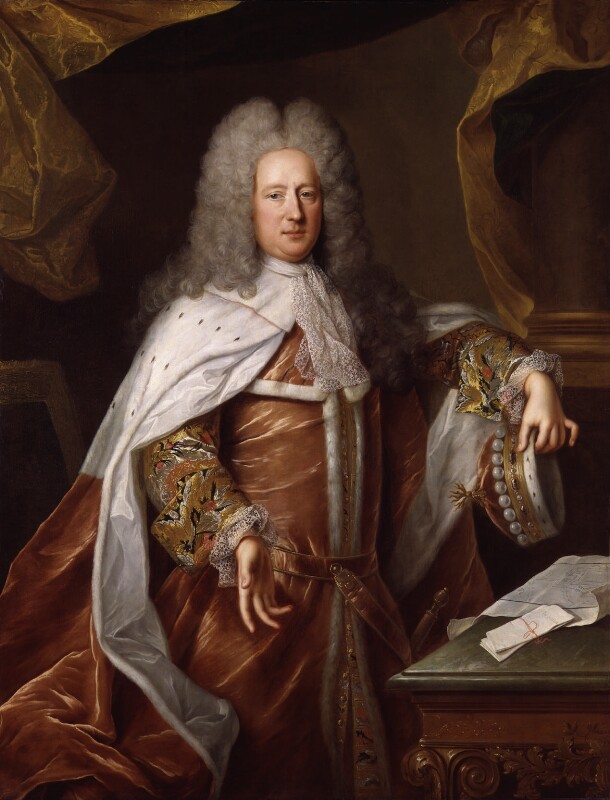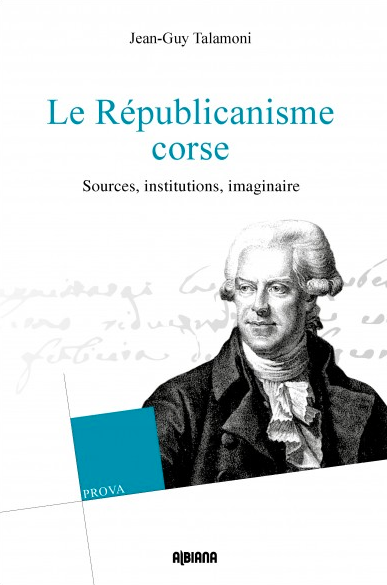Albiana has published a book on the Republic of
Corsica.
ABOUT THE BOOK
Dans le présent essai, relevant de l’histoire de la culture et des idées,
l’auteur propose d’aborder la formation d’un « républicanisme corse » à
l’âge de l’indépendance de la Corse (1755-1769). Il s’agit là d’une page de
l’histoire de l’île souvent dédaignée voire déniée, parfois simplement méconnue
des spécialistes ou des Corses eux-mêmes.
Pourtant, l’expérience inouïe de la promulgation de la première
constitution démocratique de l’âge contemporain (1755) aurait pu, aurait dû
éveiller l’intérêt de chacun. En effet, pionnière à l’âge des révolutions (1776
en Amérique, 1789 en France), la mise en oeuvre de principes prônés par les
philosophes des Lumières avait de quoi ébranler les consciences. Et justifier
la consécration de ses hérauts. Il n’en fut presque rien…
Droit du peuple à résister et à décider de son destin, institution d’une
démocratie (gouvernement établi « pour le bonheur de la nation », chambres de
délibérations des lois et de contrôle des politiques, etc.), laïcité (mise à
distance du spirituel dans les affaires de la cité et droits des minorités
religieuses), confirmation du droit de vote des femmes (lorsqu’elles étaient à
la tête de la famille), établissement d’un État de droit (justice publique et
ordre social), lutte contre l’ignorance et l’obscurantisme (ouverture d’une
université) font notamment partie des innovations remarquables de l’État mis
sur pied par Pasquale Paoli et ses compagnons de route.
Dans l’Europe du XVIIIe siècle, la Révolution corse ne passa pourtant
pas inaperçue. Elle fut défendue par les plus éclairés, mais dressa
irrémédiablement les absolutistes contre elle.
Il lui en coûta cher… On finit par oublier qu’un républicanisme corse avait
existé avant même que la République ne renaisse ailleurs. Un républicanisme
spécifique dont les éléments essentiels demeurent aujourd’hui pleinement
d’actualité.
ABOUT THE AUTHOR
Jean-Guy Talamoni est avocat, président de l’assemblée de Corse depuis
2015, enseignant-chercheur à l’université de Corse. Il a publié de nombreux
ouvrages dédiés à la culture corse et la politique et, dans le domaine de
l’histoire culturelle de son île, Littérature et politique en Corse –
Imaginaire national, société et action publique (Albiana, 2013).
TABLE OF CONTENTS
Table des matières
Introduction
La première des trois révolutions
Liberté et égalité
Notions abstraites ou pratiques d’équilibre
La place de la tradition
Un républicanisme spécifique
Une modernité étonnante
Une actualité brûlante
Du « roman » à « l’imaginaire historique complexe »
Recherche et action publique
Une contribution au républicanisme du XXIe siècle ?
Première partie : Sources
La pensée politique corse, des théologiens d’Orezza à Napoléon Bonaparte
Aux origines de la tradition politique corse
La consulte des théologiens d’Orezza
L’influence de l’école de Salamanque
Pasquale Paoli et les fondements théoriques du paolisme
Antonio Genovesi : le maître de Paoli
Giambattista Vico : le maître du maître
La double source de la politique paolienne
La pensée politique corse chez Napoléon Bonaparte
Paoli dans les pas de Machiavel : un perfectionnement du « républicanisme classique
»
Les républiques italiennes d’origine médiévale
L’inspiration machiavélienne de Paoli
La pratique politique machiavélienne de Paoli
« Diviser pour régner », une devise ni machiavélienne ni paolienne
Une justice par l’exemple
Un « rédempteur », seul au pouvoir
Un républicanisme corse
Deuxième partie : Institutions
Innovations du constitutionnalisme paolien : le préambule de 1755
Le préambule de 1755
La liberté
La démocratie
Le concept de nation
La notion de « Constitution »
Le droit au bonheur
Le droit des peuples à disposer d’eux-mêmes
Sécularisation et laïcité dans la tradition républicaine corse
Séparation de l’ordre ecclésial et de l’ordre politique
Séparation pratique de l’Église et de l’État
L’influence corse dans la politique napoléonienne
Actualité de la conception insulaire de la laïcité
La question de l’éducation dans la littérature politique corse du XVIIIe
siècle
La Révolution corse et la question de l’éducation
La question éducative dans la formation de Paoli
Antonio Genovesi
Giambattista Vico
La place de la politique éducative dans l’État
Troisième partie : Imaginaire
« Nouvelle Corse » de Napoléon Bonaparte : l’imaginaire national corse sous
la plume du futur empereur
LeVir Nemoris de Nobili-Savelli
Âge d’or et désastre
Le serment
De Nobili-Savelli à Bonaparte
Le souvenir de la « tyrannie » génoise
Annexe : Fac-similé de la Constitution de 1755






